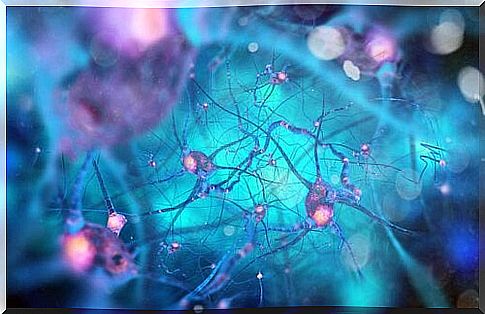Your Brain Cleans Itself Of Unnecessary Information

To unlearn something to relearn. Clearing unnecessary information to make way for the useful and meaningful. Our brain, strange as it may seem, also performs the delicate job of recycling while we sleep or meditate. It purifies itself. Clearing the “weeds” to create stronger connections, new thoughts, and far more useful and valuable lessons.
Sir Arthur Conan Doyle, writing in Study in Scarlet, of how surprised John Watson was to discover yet another talent of his extraordinary roommate. Sherlock Holmes did not know that the Earth revolved around the Sun. But the famous detective had an excellent reason why he chose to forget that fact and other facts.
The human brain, Holmes explains, is like an empty palace where you can put all the furniture you want. Foolish people pile up beautiful, shiny objects that they find here and there. They don’t think about which ones are really needed.
Little by little we run out of room for useful knowledge. However, a skilled craftsman is very careful about what he puts in the palace of the brain. He only allows the tools he needs to do his job.
Almost unknowingly, Conan Doyle taught us a basic principle about the economics of internal “gardening.” It’s where the brain decides which synaptic connections to feed and which to destroy. And that based on our lifestyle, interests, experiences and learning skills.
Neurologists often say that we have a metaphorical delete button for things we don’t need, saving us space and getting rid of unnecessary information. Then we can build new, stronger connections that we can use to store more meaningful knowledge. It’s a process that we can actually steer. Let’s see how.

In the brain, learning also involves ‘destroying’
Many of us still cling to the classic idea that the more synaptic connections our brains have, the better. We think that that way we learn new things and acquire new skills and knowledge. However, Sherlock Holmes’ theory has a scientific basis. The brain is not a palace for unrelated things that we collect randomly and obsessively.
The brain is an advanced organization that likes to economize and specialize, depending on the owner. Let’s look at an example. You have decided to learn to play the piano. You are very enthusiastic and attend piano lessons for one hour a week. In this case, the impact on your brain will be minimal. However, if you get serious and practice daily, amazing things will happen.
One of these things is called “synaptic pruning.” In other words, in order to create new synapses and new circuits with that musical learning, the brain will first have to eliminate old neuronal connections that are not useful for the new lessons. Unnecessary information. The brain needs space and has to create new routes, build new bridges and disconnect cables to let something new flow.
To understand this concept, imagine that your brain is a garden. Instead of flowers, synaptic connections grow. They create pathways between neurons through which neurotransmitters such as dopamine and serotonin travel.
For these new structures to flourish, we must now first remove the weeds. We have to rake and clear the old leaves to make room. The ‘microglial cells’ perform this task, magical entities to which we owe our ability to learn new things. It’s quite amazing!

Sleep and meditate, two strategies your brain uses to get rid of unnecessary information
We already know that in many cases our ability to learn transcends our own biology. Well, in order to integrate new knowledge into our memory, we have to sleep. Neurologists often say that a sleep-deprived brain is like a wild forest, so dense you can’t move. It is somewhat chaotic, dark, suffocating and bushy.
To clear roads and space, we need deep, restful sleep. Then the glymphatic system kicks in. This system’s job is to eliminate waste products and any dead cells created by synaptic pruning.
We’re talking about sleep, but we should keep in mind that a short 15-minute nap in the middle of the day or even 20 minutes of deep meditation is also helpful when it comes to making room for new neuronal connections.

Another important thing that happens, as neuropsychologists tell us, is that by simply not focusing on anything we can “deactivate” these synapses. It’s like hitting the delete button.
It is a fascinating phenomenon worthy of further investigation…









